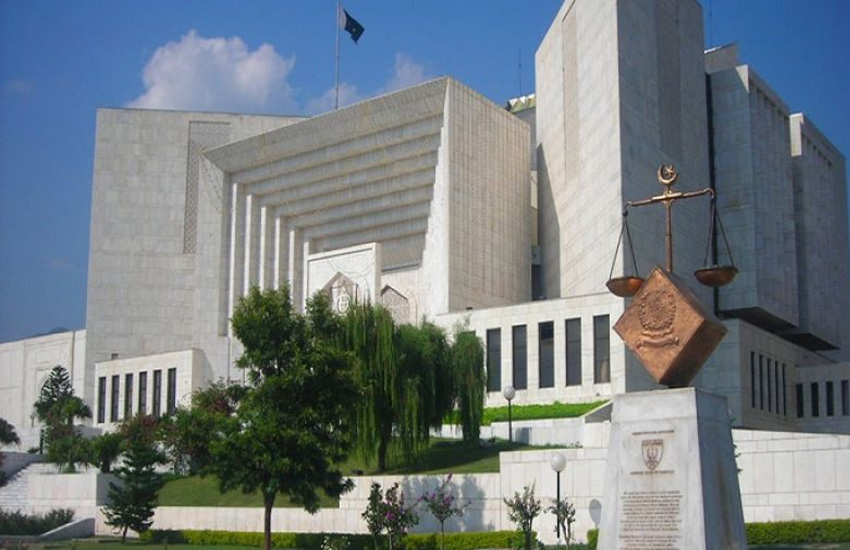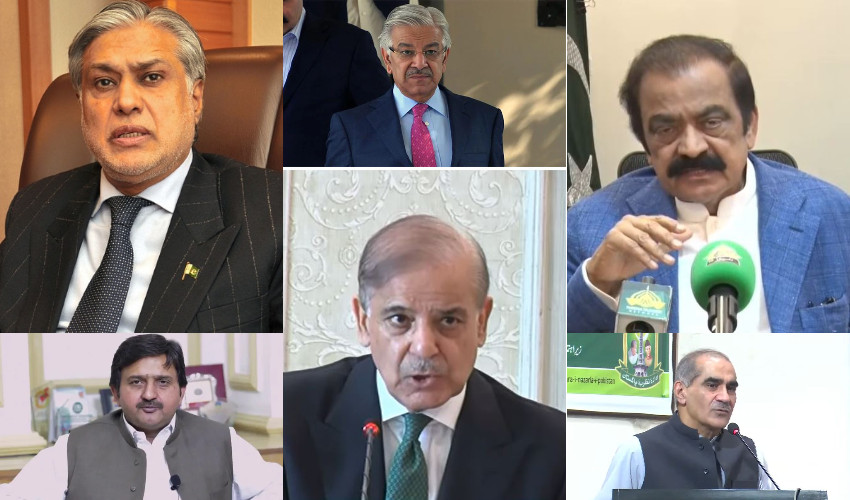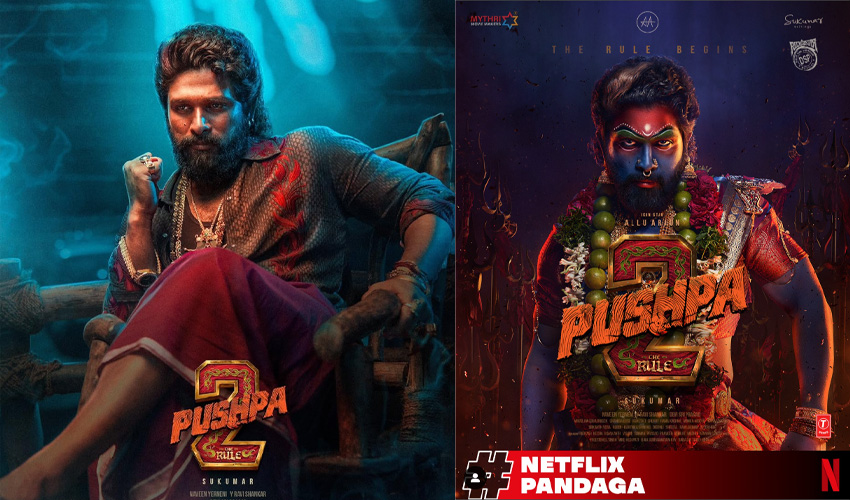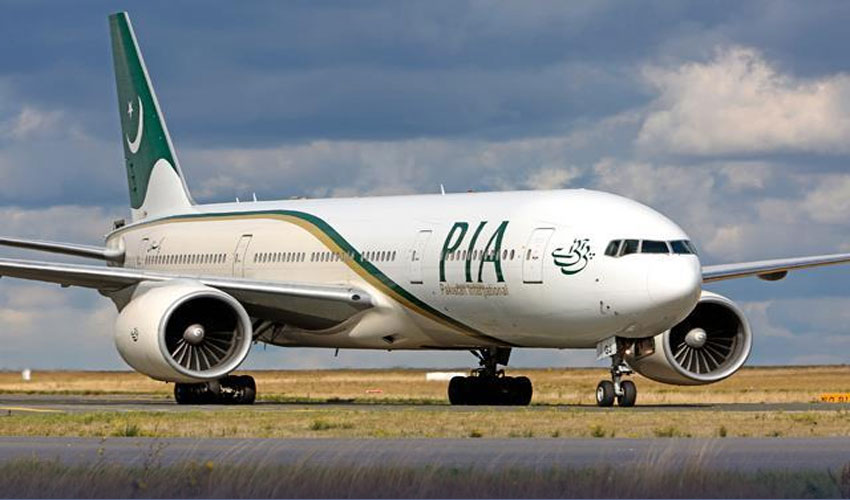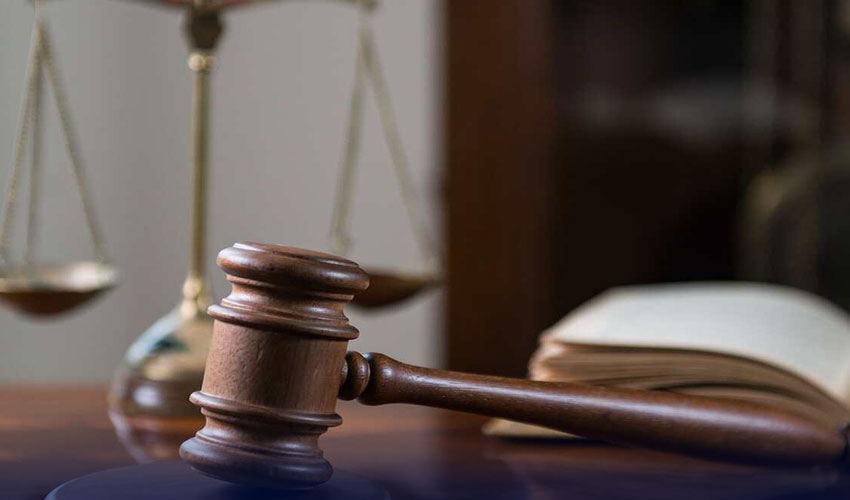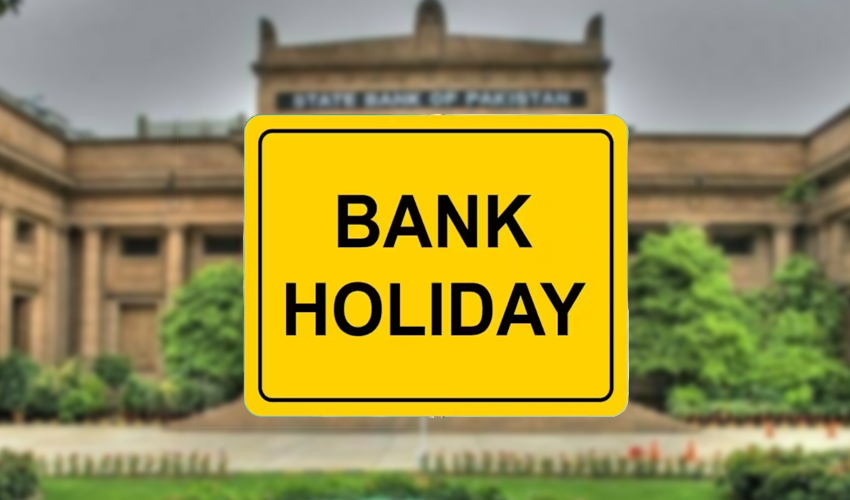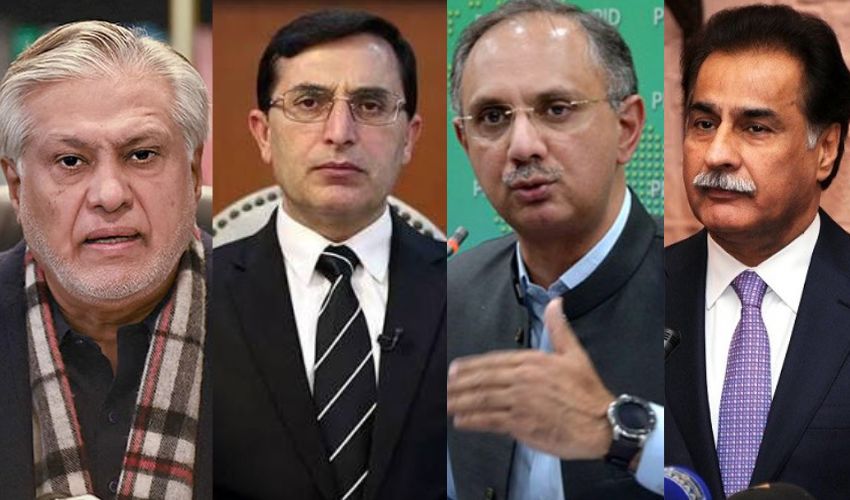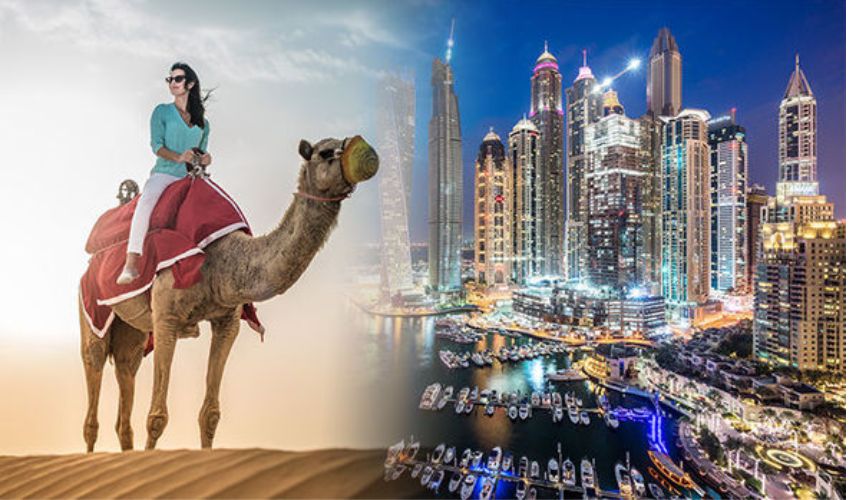The Supreme Court of Pakistan imposed on Monday a ban on the recording of V-logs, interviews, and other multimedia content within the court building, introducing new guidelines for media reporters.
The four-point directive, issued by the Public Relations Officer of the Supreme Court, outlines strict conditions for beat reporters covering proceedings within the esteemed institution.
Reporters are now required to present their original media cards issued by their respective media houses for entry into the Supreme Court building. This, the directive states, is to ensure the authenticity and credibility of media representatives gaining access to the premises.
Under the new guidelines, reporters will only be permitted entry after thorough checks and searches. The apex court stressed the importance of cooperation with security personnel during these procedures to maintain a secure environment within the court building.
In a move that signals a departure from previous practices, the Supreme Court directive explicitly prohibits media persons from recording video clips, interviews, and YouTube programs inside the court building.
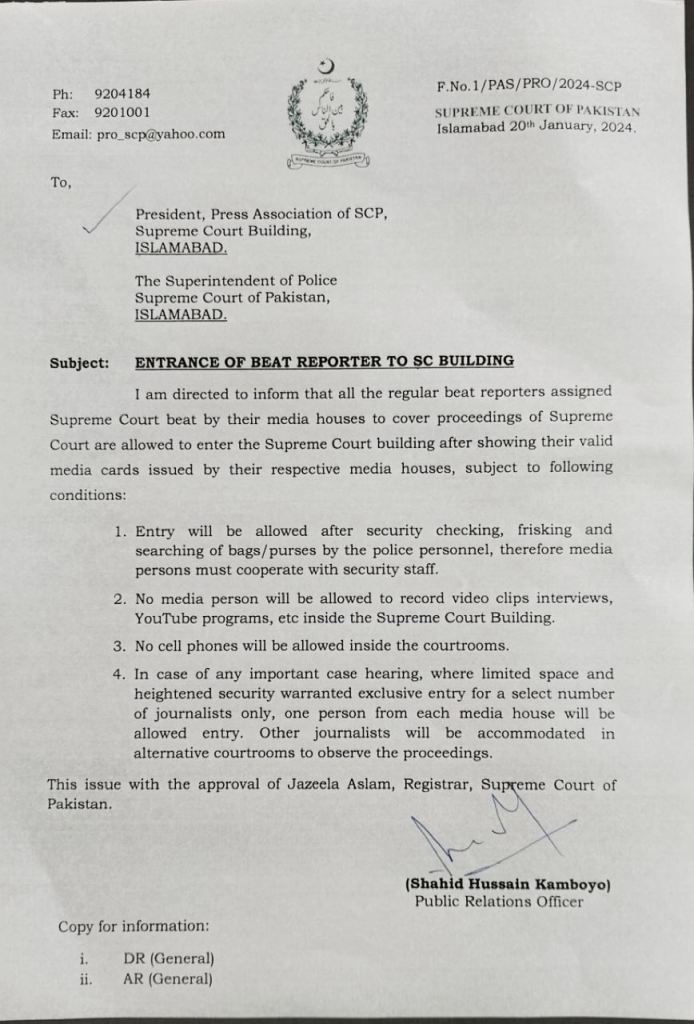
Furthermore, beat reporters are now restricted from carrying mobile phones into the courtroom, marking a shift in the digital landscape within the hallowed halls of justice.
The court has also addressed the issue of overcrowding during hearings of important cases. To manage the situation, the directive allows only one reporter from each media house to enter the courtroom during crucial proceedings.
Other journalists will be accommodated in an alternate room, providing them the opportunity to witness the proceedings remotely.
Legal experts and media analysts are already weighing in on the implications of these new guidelines. While some argue that these measures enhance the decorum and solemnity of court proceedings, others express concerns about potential limitations on the freedom of the press.





